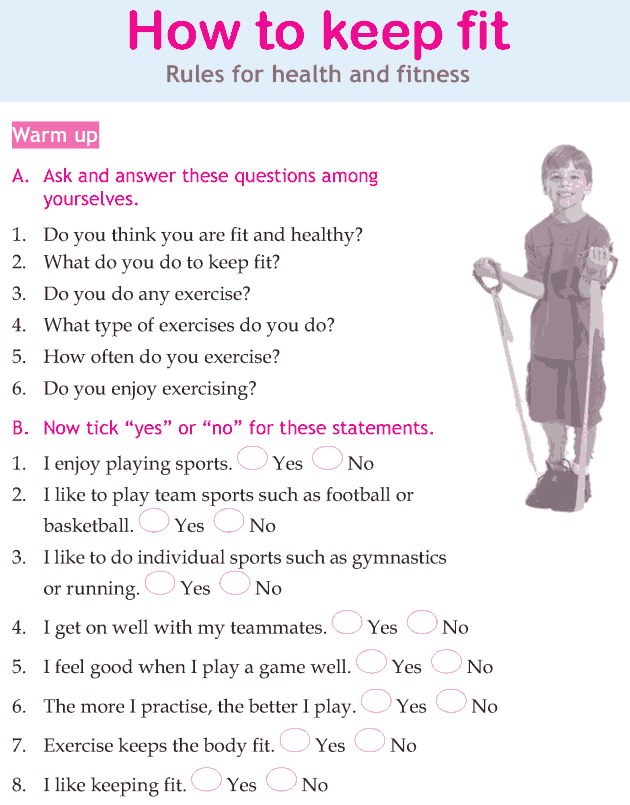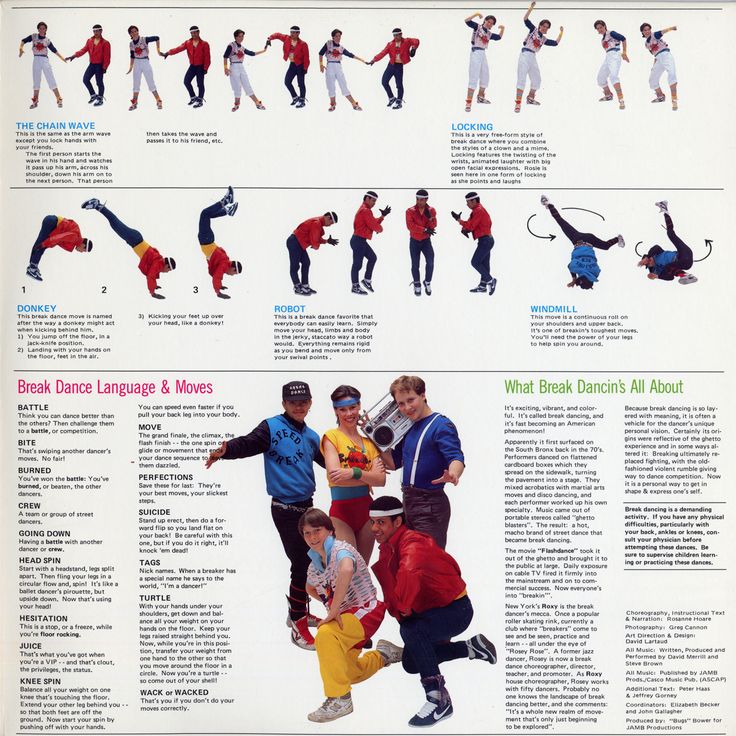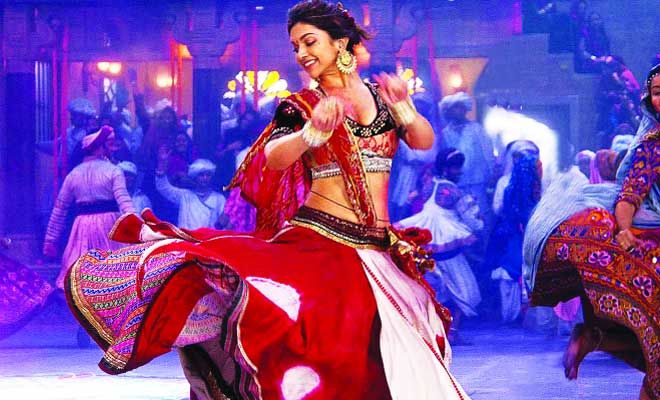How to dance on skates
SKATE DANCE DIAGRAMS AND TOOLS
Easily accessible tools, diagrams and the choreographic heritage and history of the twin sports of roller and ice skating.
The goal of this site is to preserve documents, and offer tools to instructors and students in the skating community.
Attention MOBILE USERS: These buttons are for your convenience, but switching to 'web' view will make navigation easier
| header image: Carroll Swing, step 6
Author's note: When I began this site in 2013, I agonized over which version of a dance was the 'right' one to include. http://skateguard1.blogspot.com Figure skating on ice history For those with off-skate dance interests: Been looking for ROLLER skate stickers? This image is displayed on FB when pasting a live link there | Ice Skating - official sites Roller Skating - official sites May 12, 2022 Dec 8 |
How to Dance on Roller Skates – Steps and Tips for Beginners
Have you ever tried to dance on roller skates before? Aside from gliding and performing all kinds of tricks, you can also dance on your skates! It’s very easy to learn how to dance on roller skates, even a young skater can enjoy grooving to the beat in just a few minutes. Here is a step by step instructions on how to work some basic dance steps on skates.
Before you start learning, you must already be able to roller skate with ease. You must already know how to slow down and stop and know basic skating routines like spinning and turning before starting to learn how to dance on skates.
What you need for this tutorial
You need the following to learn how to dance on roller skates:
- Basic four-wheel roller skates – you must use traditional 4-wheel quad skates as this is more stable and thus will help you perform all kinds of dance moves.

- Helmet – always wear a helmet when skating. Use high-quality helmets with adjustable straps.
- Elbow and knee pads – protect your elbows and knees when you fall with good quality pads.
- Spacious area to learn – skate on a flat, safe area away from traffic and pedestrians
- Dance music of your choice.
Instructions
Rink Skating
Image source
Rink skating is light, easy to learn, and is the backbone of most of the most popular forms of dance roller skating. Here are some steps to do it.
- Ride your roller skates around the rink.
A huge part of rink skating is just moving around and jamming. It’s combining classic rink roller skating and a little bit of disco dancing. Just move forward until you feel the beat of the music. As always, move cautiously but continuously. Everyone at the rink will eventually move at a regular speed while enjoying the beat.
- Make slow slides
Enjoy riding with slow slides unless the music calls for a faster stride.
- Follow the beat with your hips
Add variety by swaying your hips, wiggle around and just let your whole body let loose.
- Make light moves with your hands and head
Your arms are free to move around but should be ready in case you lose control. Because you’re with other dancers and skaters on a rink, perform light hands and arm movements only. You may be tempted to nod or sway your head to the beat as well.
- Keep moving and enjoy
You’ll find rink skating very enjoyable and a great exercise too. Just keep moving and enjoy the flow.
Jam Skating
Image source
Jam skating is a combination of roller skating, breakdancing, and hip-hop. If you ace these dance genres then jam skating is the one for you.
- Select the right kind of groove
Jam skating is for people who are best at breakdancing and hip-hop dancing. Choose your jam and start from there. Almost all hip-hop dance routines can be used with roller skates but breakdancing routines may be limited as you need to carry your heavy skates as you perform.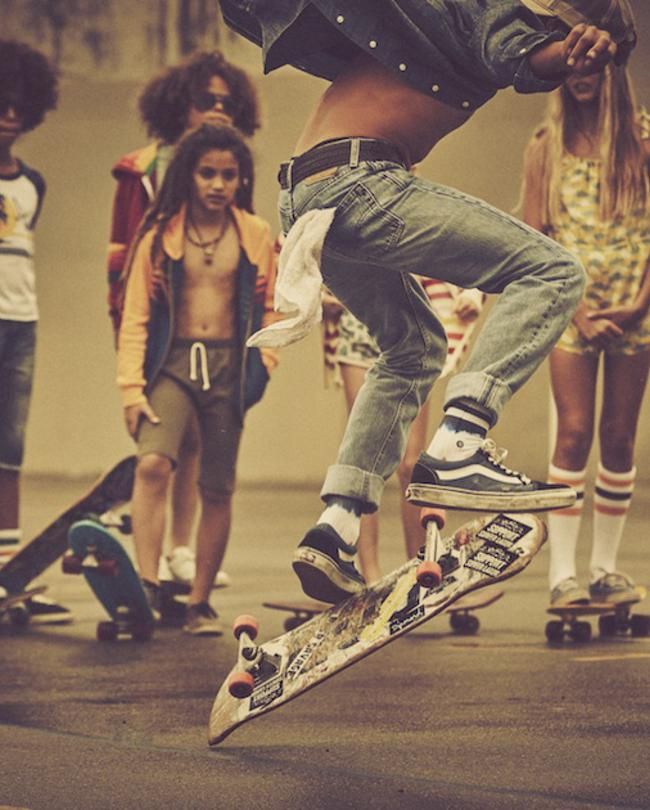
- Perform freestyle breakdancing moves.
Breakdancing moves involve every part of the body but with heavy quad skates, it would be difficult to perform most of the routines. Go for easy moves like top rocks, footwork, freeze, and twists.
- Hip-hop moves
Performing most of the hip-hop moves while wearing skates is easier than breakdancing. You can use basic moves like breaking, boogaloo, popping and locking, and other improvised moves.
- Choreographed dance moves
Jam roller skating involves choreographed moves especially if you want to dance with a group. Learn routines together and remember coordination and snappiness to make your routines flawless.
Artistic Dance Skating
Image source
In artistic dance roller skating, you combine elegant ballet moves and figure skating. This style is romantic and artistic and thus, you must captivate your audience with unique and interesting routines. Most international roller skating dance contests are based on artistic dancing with a variety of categories.
Most international roller skating dance contests are based on artistic dancing with a variety of categories.
- Select the tune/music.
Artistic roller skating will depend on what artistic genre you wish to perform. An example would be ballroom roller skate dancing which considers the moves of various dances like cha-cha, foxtrot, waltz, rumba, and tango.
- Practice your ballet and figure skating routines.
As artistic roller skating is a combination of ballet and figure skating, build your routines from these.
- Emphasize coordination, artistry, and gracefulness.
Artistic dancing places emphasis on how you perform every routine and not just your roller skating skills. Make sure that your steps are well-coordinated and everything is executed gracefully.
Freestyling Dance Skating
Freestyle dance roller skating welcomes different styles. This type of dancing is popular on the streets, on playgrounds and parks, any outdoor area will do.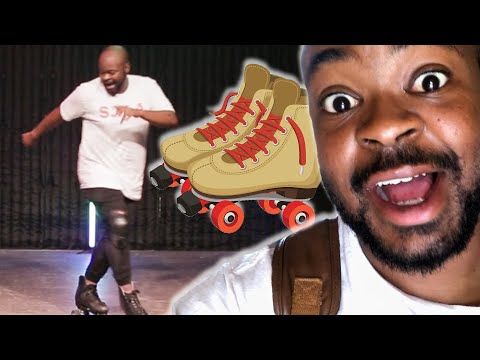 Freestyling is simply letting the music take over. You don’t need to be a good dancer, ballet dancer, figure skater, or ice skater to perform freestyle roller skating. Just be confident and the rest will follow.
Freestyling is simply letting the music take over. You don’t need to be a good dancer, ballet dancer, figure skater, or ice skater to perform freestyle roller skating. Just be confident and the rest will follow.
- Gliding while dancing.
Freestyling is doing anything that comes to mind. Start feeling the beat of the music and just glide across the street or in the area.
- One foot over the other.
A popular dance move is moving and placing one foot over the other. This move is similar to side-stepping but you must lift your feet higher to accommodate your large and heavy quad skates.
- Spinning
You can do a bit of spinning as you work on your routines. Extend your hands as you spin to gain momentum.
- Moving backward
Ride your skates backward to provide variety. Work on different routines as you move backward too.
- Dancing with a pair
The great thing about freestyle is you can dance with a pair.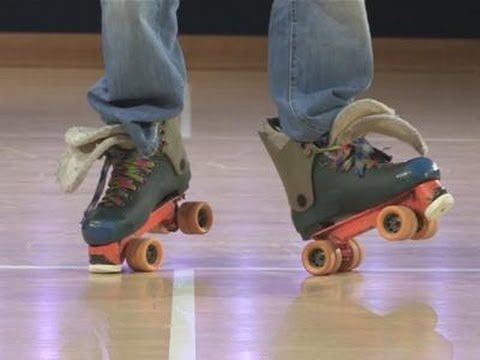 Do what comes naturally as you dance with your partner. Make sure to give him or her space for more complicated moves.
Do what comes naturally as you dance with your partner. Make sure to give him or her space for more complicated moves.
Learning how to dance on roller skates is easy if you already know the basic moves. There are more dance skates routines to follow just remember to follow the beat and keep safe.
What do you think of our tutorial? Let us know in the comments below. Share this article with anyone you know who wants to learn to dance on roller skates.
Sports in detail. How to learn to skate with a chair?
Think you know everything about sports? But often behind the scenes there are details that you may not have even suspected. Why don't rowers fall out of canoes? Why do ski jumpers need Christmas trees? What is swimmer's ear? The correspondent of Sportbox.ru did not hesitate and asked our athletes these and many other naive questions.
This time the interlocutor was the Russian figure skater Ksenia Monko, performing in ice dancing with Kirill Khalyavin.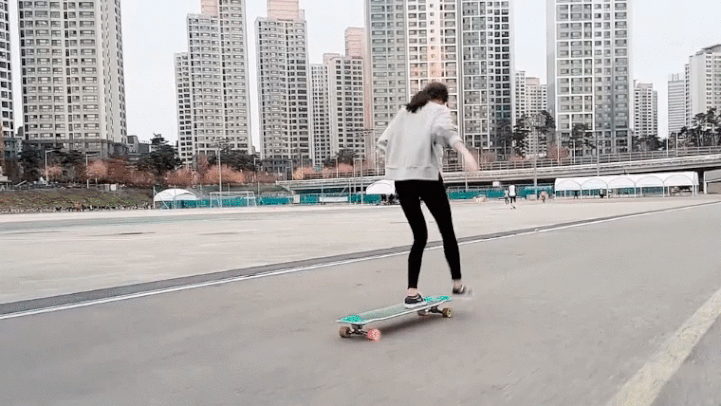 She spoke about who invents programs, who bans open suits, and whose fault it is that athletes wash their legs bloody.
She spoke about who invents programs, who bans open suits, and whose fault it is that athletes wash their legs bloody.
Monko/Khalyavin / Photo: © Gettyimages/Fotobank.ru
— You start preparing for the season from the very beginning of summer…
— In June. From the end of May to the middle of June, we have a short vacation, and after the vacation we start training. The first two months are the hardest. I just got a little involved, and I immediately need to be ready for hard work. You put in new programs, you hone each element. A lot of things don’t work out at this stage, you get upset because of this, you try to “plow” even more. Further already it is easier.
- But at the same time, you can make changes to the program not only at the initial stages of preparation?
Yes. Moreover, we can make changes to the program even during the competitive season. At the beginning of the year, you may not understand what you are good at and what is inconvenient to do.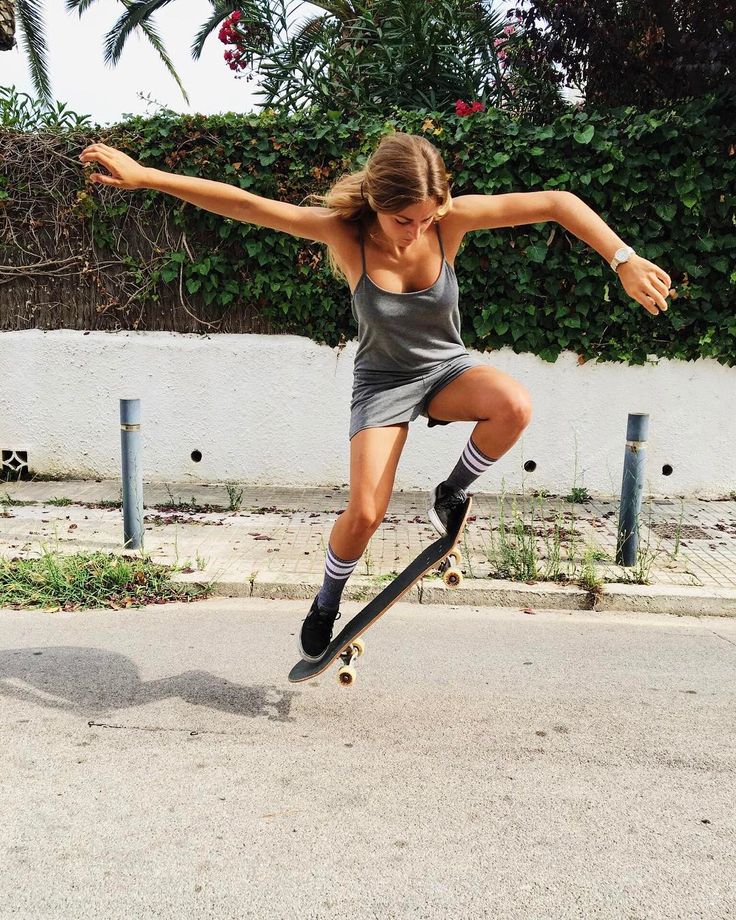 This is already felt at the start. And you, together with the coach, make the necessary adjustments to the program.
This is already felt at the start. And you, together with the coach, make the necessary adjustments to the program.
Monko/Khalyavin / Photo: © Gettyimages/Fotobank.ru
— How do you come up with a program?
- Everything starts with music. First, we select a composition.
- Who is doing this?
- All together.
- So you can come to the coach and say: I like this music, I want to dance to it?
— Of course. No one will scold me for this for sure. We offer our options, and then we listen to how this music sounds on ice. We take the option that everyone likes and is suitable for ice.
- What does "suitable for ice" mean? Are there any special criteria?
— No. In advance, it is generally very difficult to calculate. It happens that you listen to some composition and think how cool it will sound in the ice palace, and how great it will be to skate to it. And then you come, put it on - but it doesn't sound.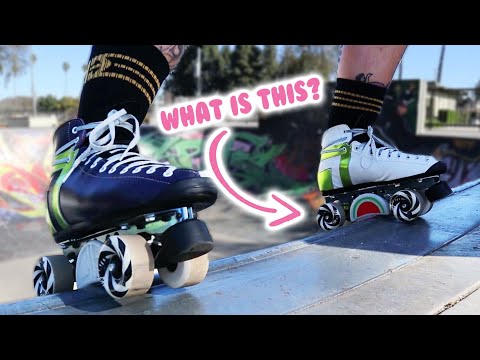 That is, you hear that it is not suitable for ice. But there are reverse situations. It seems to be nothing special, but you put it on the rink and you hear - it's cool, this is just what you need to ride under!
That is, you hear that it is not suitable for ice. But there are reverse situations. It seems to be nothing special, but you put it on the rink and you hear - it's cool, this is just what you need to ride under!
- Now you have decided on the music. What's next?
- Next, we think over the images. Simply put, we decide what we want to play: love, drama or something else. Well, after that we already decide on the choreography.
Monko/Khalyavin / Photo: © Gettyimages/Fotobank.ru
Is this the job of a coach?
- Not only. Sometimes Kirill and I just go somewhere in the corner of the rink and "poking around" - we try different paths and steps, and Alexander Vyacheslavovich (Zhulin, the couple's coach - approx. Sportbox.ru) comes up later and corrects. Coaches love it when we not only do what they say, but also show independence. And it is right. This makes the program more complete, and we can feel it more strongly.
- At the same time, it is important not to forget about the mandatory elements .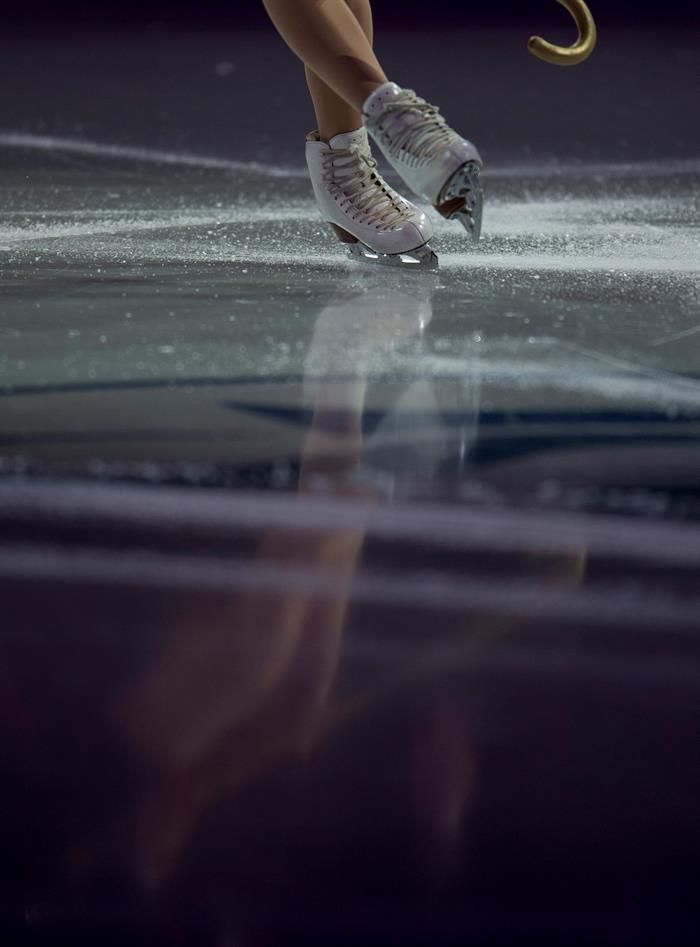 ..
..
- In ice dancing, as most people probably know, there is a short and free program. According to the regulations, a short dance is "given" for the season. This year, for example, the paso doble was chosen for the short dance. Free dance can be anything, but there is a certain set of elements that athletes must perform. In freestyle, these are tracks, twizzles, lifts, rotations.
- Decipher the word "twizzle" for those who don't know.
- When performing a twizzle, the skater turns on one foot clockwise or counterclockwise, but does not remain in one place, but moves along the ice - in an arc or in a straight line.
- From year to year, the requirements for the short and free programs do not change?
- Change. In a new way, you can make tracks, for example. Most often, major changes occur in the season immediately after the Olympics. In other years, only some minor adjustments are possible.
- In ice dancing, in addition to the mandatory elements, there are also forbidden ones.
— Yes. For example, we, unlike sports couples, cannot do jumps more than one revolution - for this they remove penalty points, and sometimes they can even disqualify.
- Do you prepare the program first in the hall? Or do you go straight to the ice?
- We immediately put on an ice dance. Not everything that you could do "on the floor" can be reproduced just as beautifully and confidently on the skating rink. So why do double work, and then redo something?
- As far as I understand, an athlete is involved in everything: from selecting music to creating images. Do you also take part in tailoring of costumes?
- People from the atelier we work with come to our training. They look at our story, what heroes we have, and come up with costume ideas. From the proposed sketches, we choose what we like best, sometimes we offer our own ideas. So yes, we are directly involved in the development of costumes.
- Are there any mandatory requirements for costumes?
- Only one thing - the dress should not be too revealing.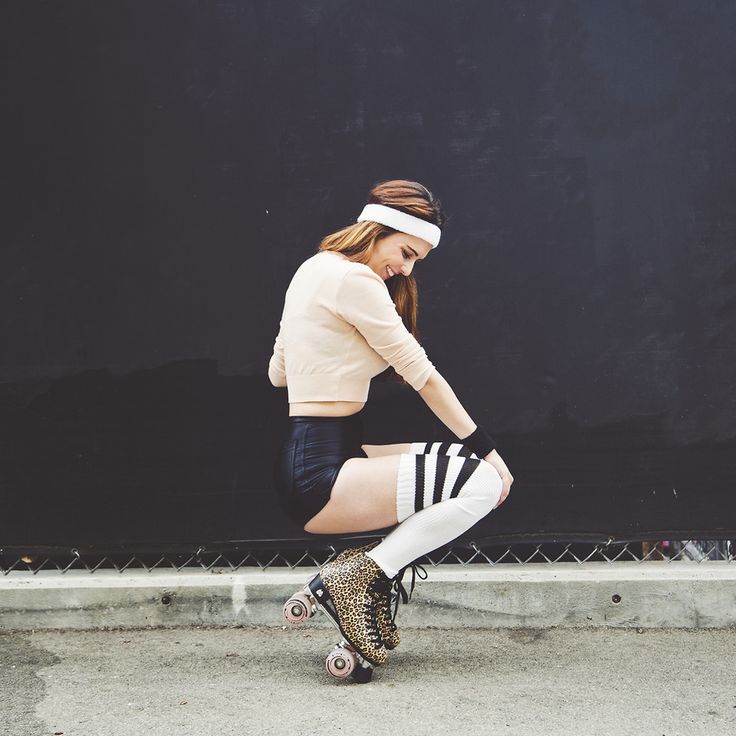 If I'm not mistaken, no more than 60 percent of the body can be exposed.
If I'm not mistaken, no more than 60 percent of the body can be exposed.
— How often do you change skates?
- In general, for each season we are preparing two pairs of skates. They are made to individual measurements. This year, experts came to us from Italy. But to be honest, I try to change my skates as little as possible. I can skate two seasons in one. The fact is that breaking in new “shoes” is a whole story. At first, it is hard, you rub calluses to the point of blood, your legs can hurt for a week, or even one and a half. And if your skates are in good condition after the previous season, then it’s more convenient to continue skating on them.
Monko/Khalyavin / Photo: © Gettyimages/Fotobank.ru
— How do skaters define discipline? For example, why did you decide to go into dancing, and not into single or pair skating?
- This is a completely different story for me. At first, I worked out as a "single skater". And then I had to move on to another coach.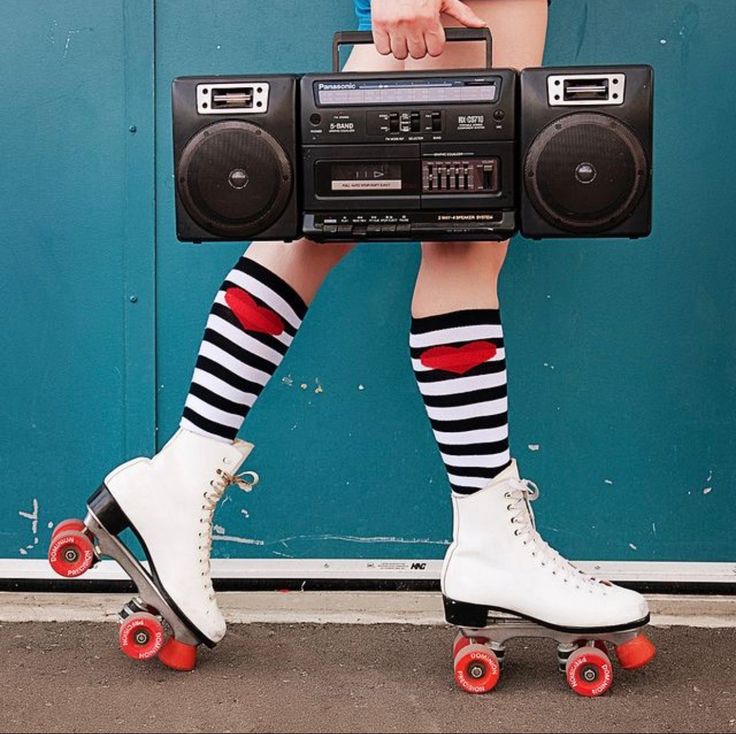 He was a very kind man, but sometimes he shouted at his students. I got scared and said that I would not work with a person who was yelling at me. I decided to give up figure skating and play tennis. But somehow it didn't work out with him. And then my mother was told that there was an opportunity for me to practice ice dancing. Here we agreed.
He was a very kind man, but sometimes he shouted at his students. I got scared and said that I would not work with a person who was yelling at me. I decided to give up figure skating and play tennis. But somehow it didn't work out with him. And then my mother was told that there was an opportunity for me to practice ice dancing. Here we agreed.
— How are dance partners selected? By weight and height?
— There are no special parameters. It is important that the girl is no taller than her partner, the rest is not so critical. Then it’s just at the level of “flair” whether a couple looks or not. If the skaters look, feel each other and can work with each other, then they will make a good couple.
Are you fighting with your partner?
- It doesn't happen that we don't talk for weeks. But sometimes we argue about some working issues. This is fine. I don't know a single couple that has never quarreled.
- In conclusion, give advice to those who are just getting on skates.
- You need to start small. Now, I remember, they gave me a chair, I "rolled" it in front of me, held on to it and rode like that. The basic element to master is the so-called sliding step, or what is usually called the herringbone. Once you have learned how to make a herringbone and maintain balance, you can try steps back. Well, then it will be time to start on more serious elements.
See also:
Sports in detail. Does weightlifting affect women's health?
Sports in detail. How not to fall out of the canoe?
Sports in detail. Why jump on skis into the Christmas trees?
Sports in detail. What if you hit your head on ice at a speed of 150 km/h?
Sports in detail. What does it mean to "catch the telly"?
Sports in detail. Can a short track helmet be split?
Sports in detail. Do toothless girls play hockey?
Do toothless girls play hockey?
Sports in detail. What do swimmers do with their caps?
Sports in detail. Why do gymnasts smear their horses with honey?
Sports in detail. What do synchronized swimmers wear under their bathing suit?
Russian figure skaters told RT about the upcoming European Championship - RT in Russian
Russian figure skaters Alexandra Stepanova and Ivan Bukin approach the European Championship starting in the Czech Republic as shadow favorites of the competition. In an interview with RT, the wards of Alexander Svinin and Irina Zhuk told how to dance hip-hop on skates, perform tango until dawn and surprise the viewer with “pistols”.
Having updated their personal records and established themselves as the second pair of Russia in figure skating, Alexandra Stepanova and Ivan Bukin are preparing for the main tournaments of the season, the first of which will be the European Championships in Czech Ostrava.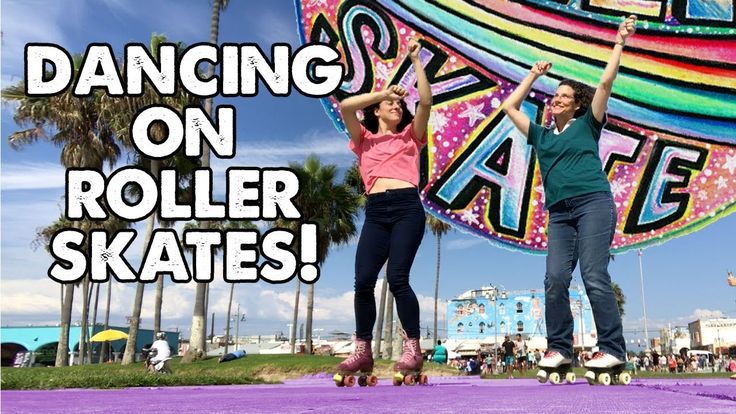 The RT correspondent visited the training of figure skaters and caught them doing an almost criminal act for an athlete - eating pizza.
The RT correspondent visited the training of figure skaters and caught them doing an almost criminal act for an athlete - eating pizza.
RT: Alexandra, can skaters have pizza?
A.S.: Why not? Sometimes you can indulge yourself in harm.
IB: In fact, today is just Ivan Volobuev's (former figure skater, member of the Russian national team, now coach. - RT ) birthday, he treats everyone. So once a year, in honor of the holiday, you can.
RT: So you have no problems with weight control?
A.S.: Boys definitely don’t, but I had a period when I had to control my weight and follow a certain diet. Now everything is much simpler, and in general I do not have a genetic predisposition to be overweight, my parents are also quite slender.
RT: This season is in many ways defining for the Olympic cycle, it was important not to miscalculate with the program.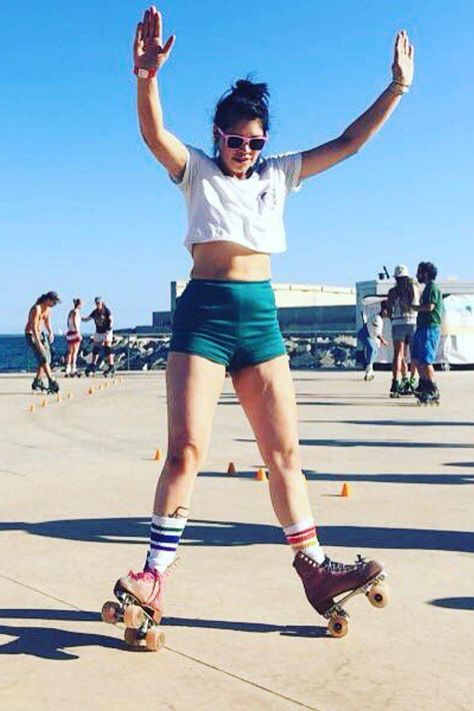 When you chose hip-hop for a short dance, did you understand that this is a rare genre for figure skating?
When you chose hip-hop for a short dance, did you understand that this is a rare genre for figure skating?
A.S.: Actually, for this reason, we stopped at it. To be honest, we were sure that Gabriella Papadakis and Guillaume Sizeron (French, two-time world champions . - RT ) would choose hip-hop because we watched Instagram videos of them dancing on the floor. But it turned out that they also had a short dance in a different style.
RT: And yet, why hip-hop?
A.S.: First of all, these are “battles”. A street style that originated in America, when on the same site we see a confrontation between two or more performers - dancers, rappers.
IB: These are tough dances that are fun to watch and keep the audience on their toes until the very end.
A.S.: They don't have straight lines, they have jagged tempo. But since we are doing them on skates, of course, we need to adjust the movements so that they look beautiful on the ice.
RT: Did the melody in the short dance suit you?
IB: You know, we have been looking for suitable music specifically for hip-hop on ice for so long that when we came to the final version, we were already sure that the program would be great. No wonder we worked so much with our hip-hop teacher. Then specialists from the federation came to our skating rink, who also said that the dance turned out well.
AS: Do you know when we realized that we were on the right track? When our music sounded on the ice, and the guys who practice with us started dancing to it or moving to the beat, it was cool.
RT: Who was the original idea for tango in the free dance?
A.S.: The coaches usually announce the options first…
I.B.: Although we wanted to tango.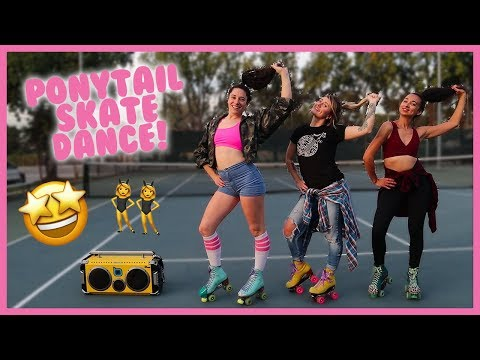 But we didn’t talk about it out loud, it was our thoughts and coaching ideas that coincided.
But we didn’t talk about it out loud, it was our thoughts and coaching ideas that coincided.
A.S.: But I felt that we would have tango. Curious moment. When we were given programs two years ago, with which we got into the prize-winners of the European Championship, I thought it would be better not to do it. Then last year's season came, there were new productions, I thought again - oh, well, where could it be better? And now there is tango. This is very cool, if only because the dance itself is a new look from our choreographer Pyotr Chernyshev. And the very principle of working with him was different from what we are used to. We worked at night, spent a lot of time on the ice, we were so captivated by the process that we didn’t even notice the time. It happens that you leave the skating rink, and then the dawn comes.
RT: And when did Natalya Bestemyanova get involved in the creative process?
IB: It was already after the first tournament of the season in Finland.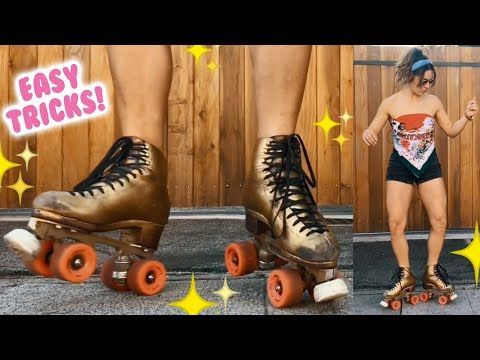
RT: What was her help?
A.S.: Basically it's choreography. She helped us correct certain moments where we felt uncomfortable. Our coaches see us on the ice all the time, but Natasha and Vanya's dad see us much less often, so it's very useful when they look at you with a fresh look.
RT: Is the choice of tango a target for the Olympic year?
A.S.: If only in terms of passion and emotions, because the dances themselves are quite different.
RT: Which of the contestants of this season's program was the most memorable?
A.S.: I really like the free program of Canadians Tessa Virtue and Scott Moir.
IB: And for me - the program of their compatriots Caitlin Weaver and Andrew Poje.
RT: What about the reigning world champions?
IB: Well, technically they're on top as always.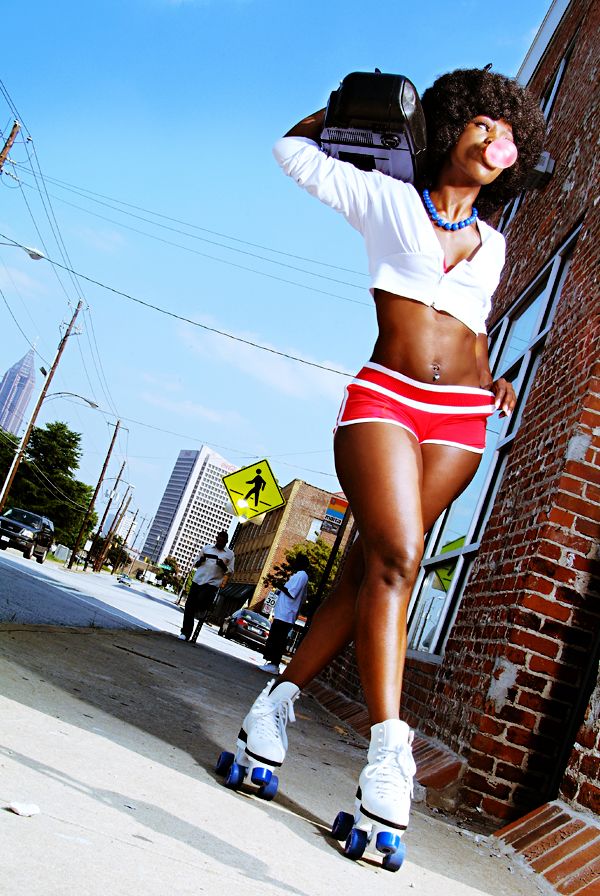 ..
..
AS: I think their short dance is hard for a couple. They do not look as powerful in it as, say, last year in an arbitrary.
RT: Who is in charge of style and costumes in your duo?
A.S.: This season we have a new suit tailor. But I don’t remember that they brought us any sketches, it so happened that the choice of costumes for the programs was a trial and error process. For example, we wanted to try pants for me in a short dance, but could not figure out what to wear on top. Then Vanya's mother brought some interesting options. I decided to choose one of them, the same black corset, which was then pasted over with stones, and this is how the costume turned out. We don't have a personal stylist.
RT: Continuing the topic of costumes, I suggest you remember the moment when you, Sasha, got caught on your dress with your skate during the training session before the Grand Prix and fell off the twizzles.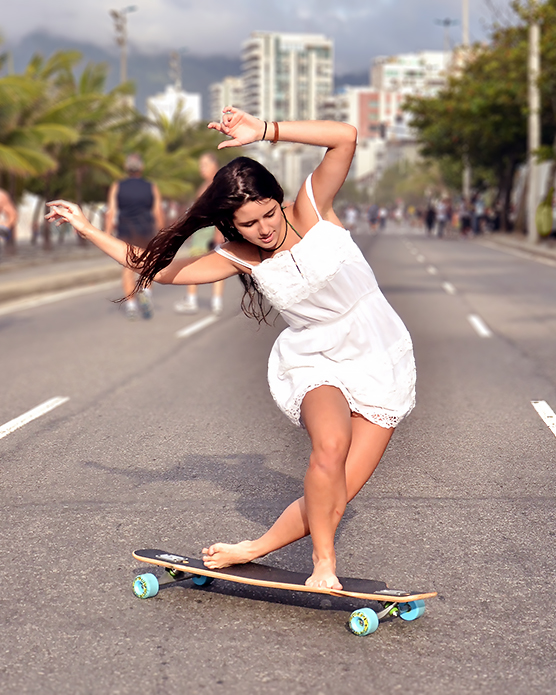 What happened there?
What happened there?
A.S.: This has never happened before - neither at home in training, nor at competitions. The funny thing is, I don't even understand how it happened. At first I thought that it was just a skate flying off the rib. We continued rolling, then Vanya told me: “Sasha, your skirt is torn.” It was only then that it became clear that it was I who ran into the dress with a skate.
RT: Did you ever want to shorten the dress after that?
A.S.: And we shortened it together with Irina Vladimirovna. You won’t perform with a hole in your skirt, they took scissors and cut off a piece, and then trimmed it under normal conditions. Since then, the length has remained the same.
RT: Why did you leave your signature “pistols” only for the free dance this year, and in the short you perform standard twizzles?
IB: Sometimes you have to let the viewer be surprised.
A.S.: They were simply perceived so well from the beginning that two years later many began to present themselves as our trademark. And so that there was no feeling of secondary nature - they say, these twizzles will do their own again - we approached the coaches and offered to leave the “pistols” to the free program. Let people see that we can do more than just that.
RT: Half of the season is over. Both the personal record and the second place at the Russian Championship make it clear that you are in great shape. But to be at such a height for a long time is difficult even psychologically. The burden of responsibility does not press?
A.S.: Absolutely not. I had such a feeling only once - after bronze at the European Championships in 2015. It was unexpected, I went to the World Cup with the mood to break everyone. And sat on her back. This is a lesson. And in the current season, we somehow went in a completely new way.
IB: Yes, they just got more experienced. We realized that we don’t need to rush forward headlong, we need to work and prove with every start that we are not random people here.
Awarding of the CHR, beautiful and the most talented❤️🇷🇺 #Championships 2017 #stepanovabukin #figureskating #Stepanovabukin #Figure
Photo published stepanova❤️ SB⛸ (@stepanovabupin) December
RT: Will you no longer worry about the main tournaments?
A.S.: There will be hardly any jitters, this is still the highest degree of nervousness. But it is also difficult to expect complete calm, very few skaters can keep it before the start.
IB: And it's not always good, it's also unpleasant to ride emotionally empty.
AS: Let me tell you a story.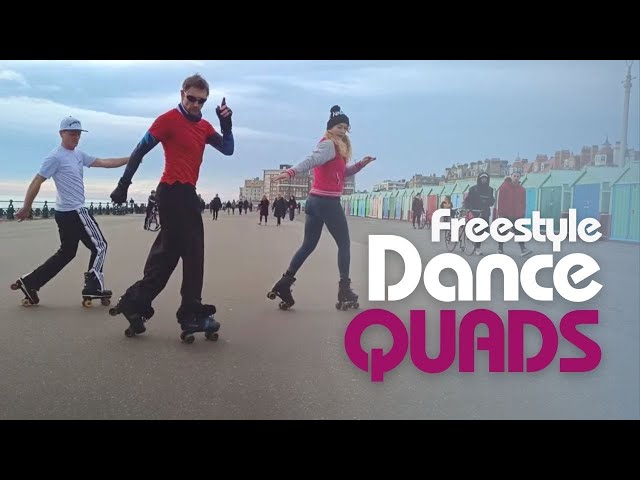 At all starts before the Russian Championship, I was most worried about the free dance. Although during the season everything was successful both there and there, nothing was torn off, but more energy is spent on the free program, and you have to keep the concentration longer. And in Chelyabinsk, for some unknown reason, I began to get nervous about the short one. And it was not easy for me, I was even more tired from this nervousness than from performing the elements. At the end, my legs gave way. And in the free program I look like this and think - well, wow, I'm going!
At all starts before the Russian Championship, I was most worried about the free dance. Although during the season everything was successful both there and there, nothing was torn off, but more energy is spent on the free program, and you have to keep the concentration longer. And in Chelyabinsk, for some unknown reason, I began to get nervous about the short one. And it was not easy for me, I was even more tired from this nervousness than from performing the elements. At the end, my legs gave way. And in the free program I look like this and think - well, wow, I'm going!
RT: Rental ends, ratings light up. Vanya and Irina Vladimirovna rejoice with all their hearts, Sasha and Alexander Vasilievich carefully study the amount of points. Does this reaction also become a trademark of your team?
A.S.: Well, why, we have one photo that stands out from this row. It was made when we took third place in China and got good points for the free program. I have a very surprised face in this photo - this is probably the only case when I reacted so emotionally.
I have a very surprised face in this photo - this is probably the only case when I reacted so emotionally.
RT: Do you keep track of your records?
A.S.: Not really. Somehow I didn’t even remember the amount that we received at certain tournaments before. Ask me how much we had, for example, in Finland for an arbitrary - I will not answer.
I.B.: 103. Over.
A.S.: In general, I think that an absentee comparison of the best results does not say anything, because at each start there is a different refereeing team. There will be a European Championship, there, perhaps, ten duets will receive sky-high points and block a personal record, or perhaps the winners will be given less than they had at the Grand Prix stages.
RT: The new year has just begun. What is the most unusual gift found under the tree?
A.S.: I love giving gifts much more than receiving them.
 This site is for posting "lost" dances.
This site is for posting "lost" dances.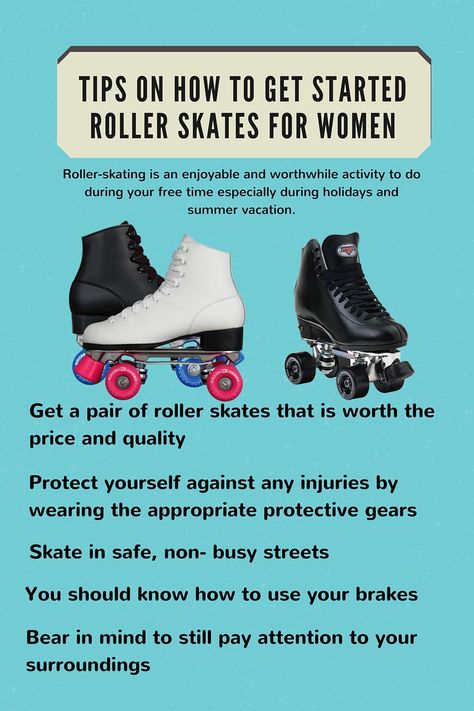 com
com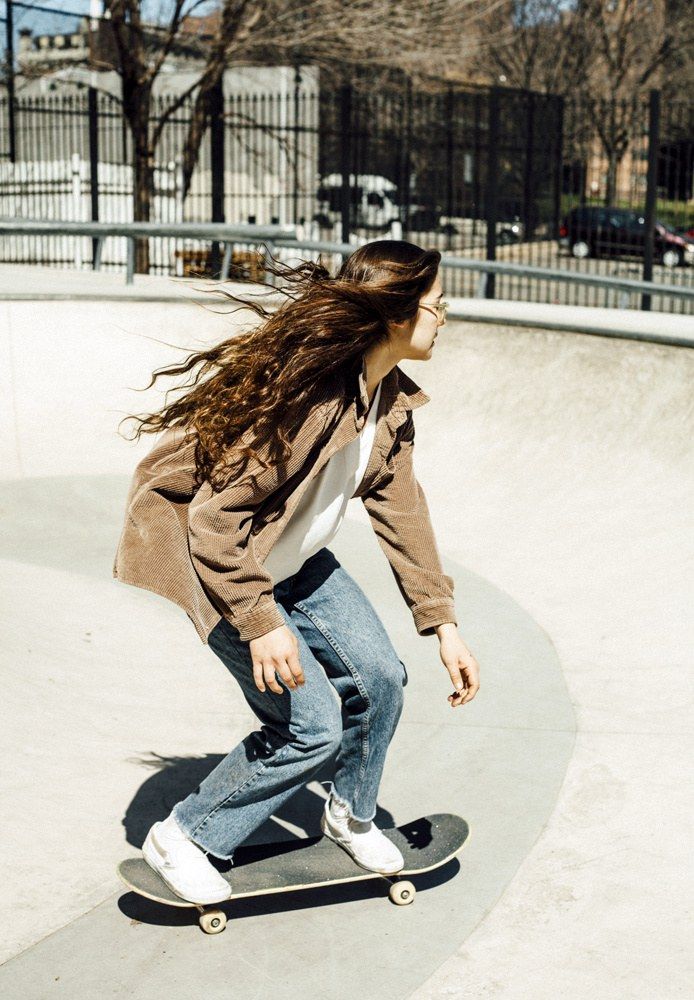 They have a testing program as well as competitions.
They have a testing program as well as competitions.
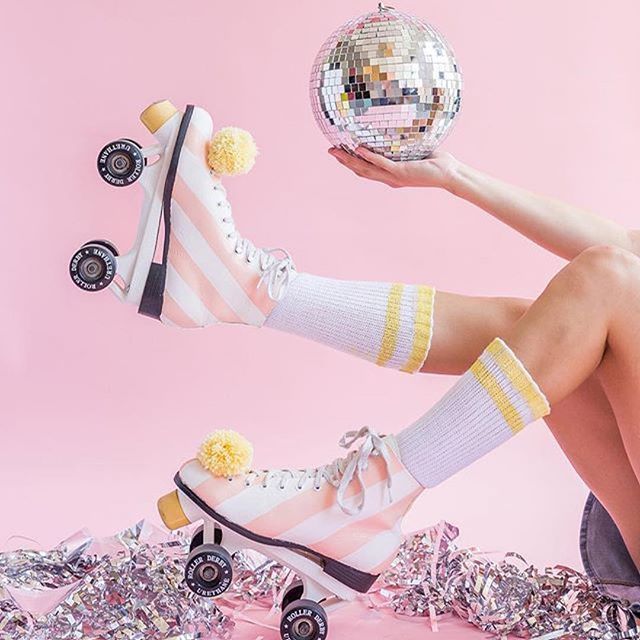
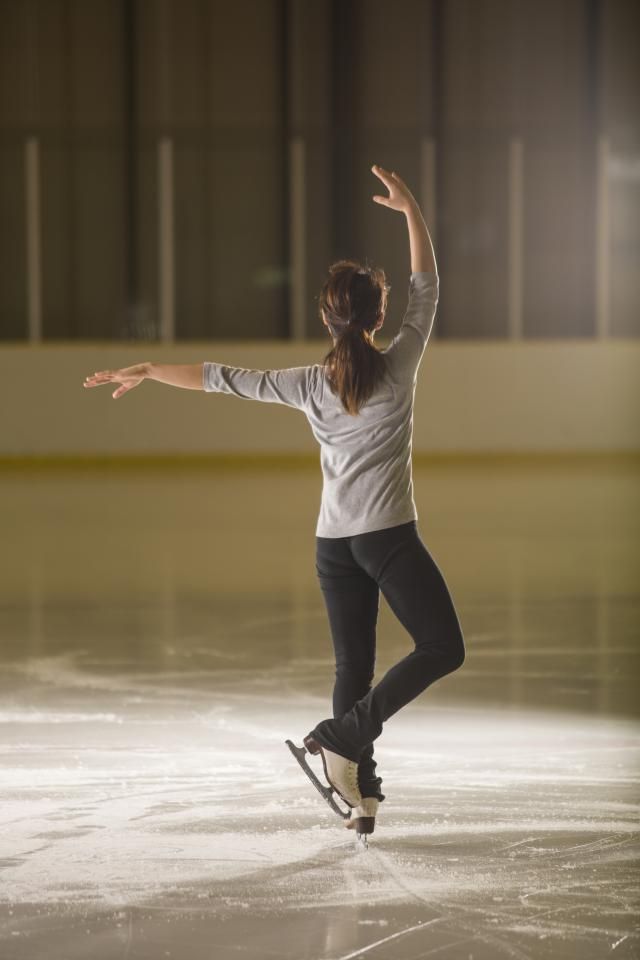
 Added content to history page. Minor clarifications, grammar/spelling changes.
Added content to history page. Minor clarifications, grammar/spelling changes. The covers and test schedule is now up under 'listed by associations', 'pre 1971-72'.
The covers and test schedule is now up under 'listed by associations', 'pre 1971-72'.

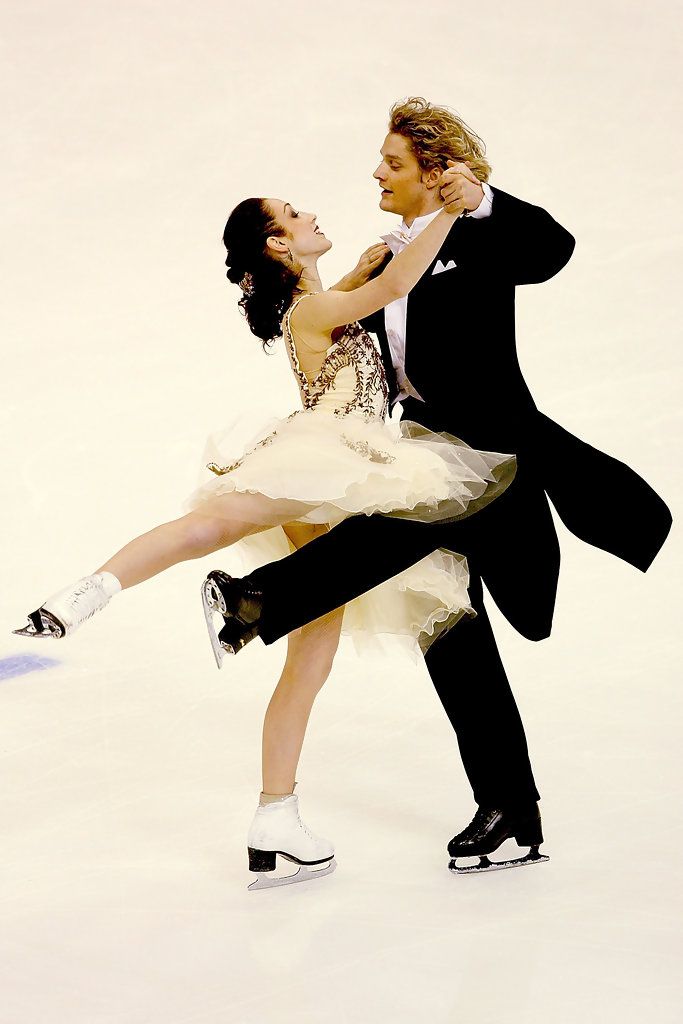 And thank you Audra Fortune for letting me use her copies of Bill's diagrams to make them available here. See them under their respective dance headings.
And thank you Audra Fortune for letting me use her copies of Bill's diagrams to make them available here. See them under their respective dance headings.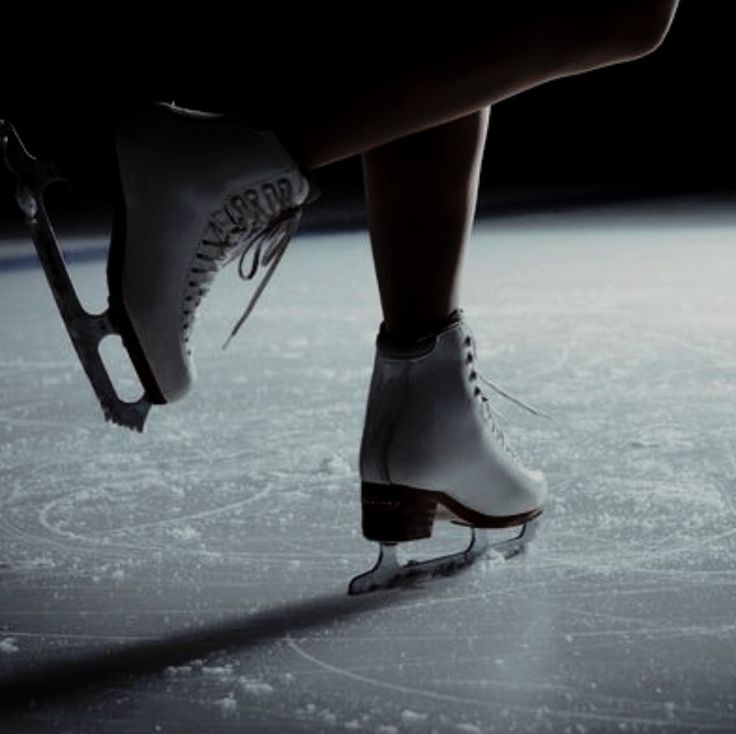 This and many others will be added thanks to the diagrams contributed by Richard Hand.
This and many others will be added thanks to the diagrams contributed by Richard Hand. Cha Cha Chiquita still missing.
Cha Cha Chiquita still missing.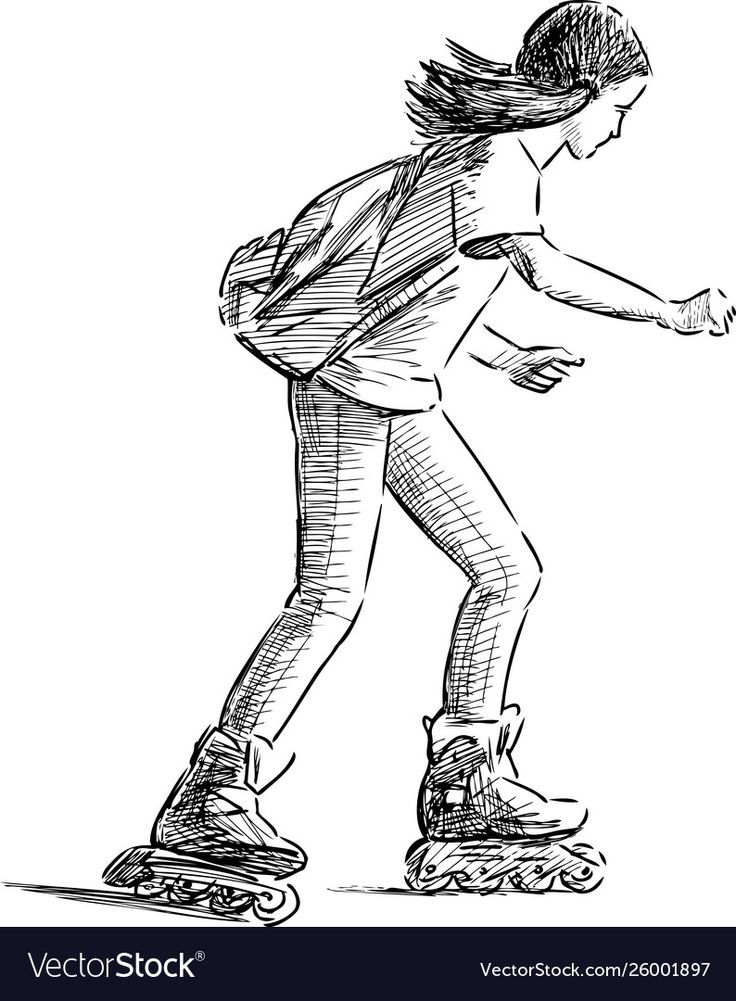 Thank you for understanding.
Thank you for understanding.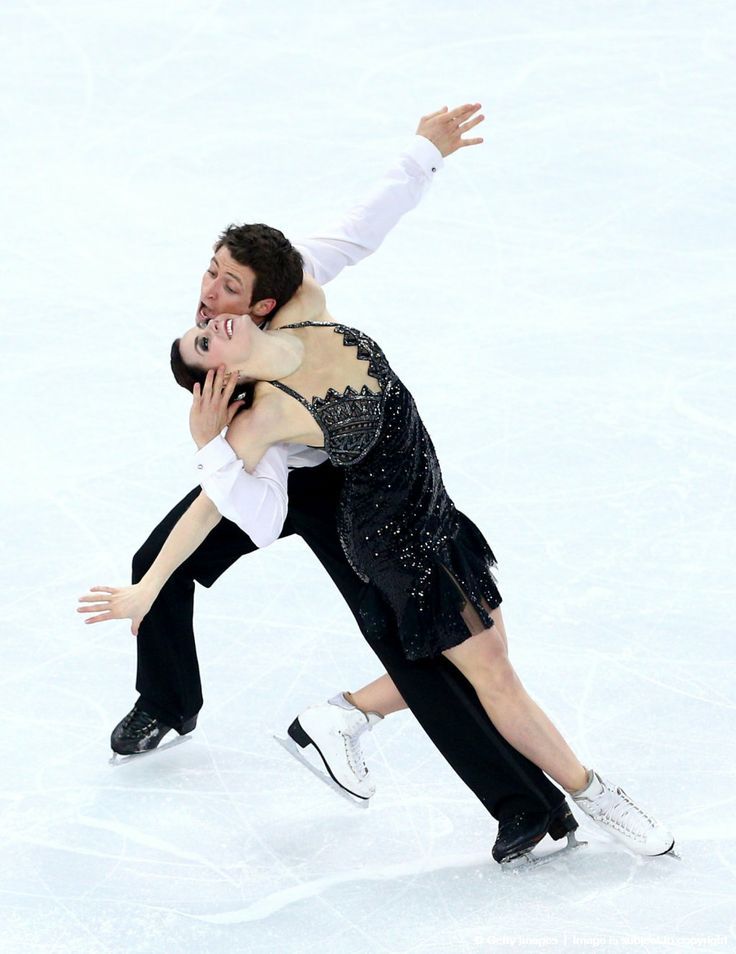 I renamed it in hopes of better search engine hits, but apparently that was not working as well as planned, so I returned to its original name.
I renamed it in hopes of better search engine hits, but apparently that was not working as well as planned, so I returned to its original name. Added Association Waltz.
Added Association Waltz.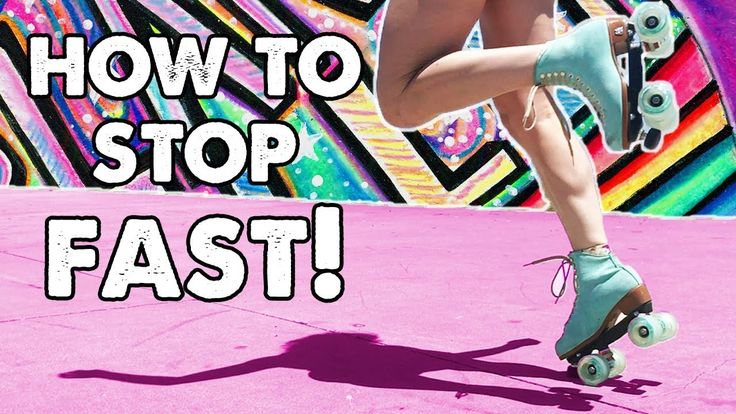 Added more explanation to 'Other Stuff' 'Diagrams and Terms', including an original illustration.
Added more explanation to 'Other Stuff' 'Diagrams and Terms', including an original illustration.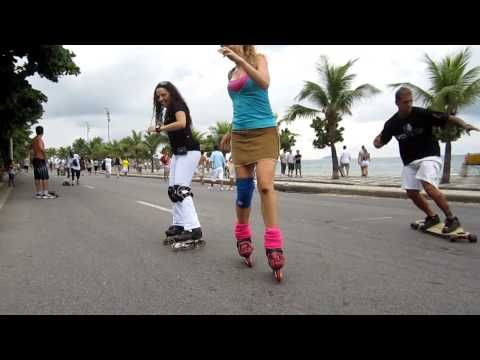
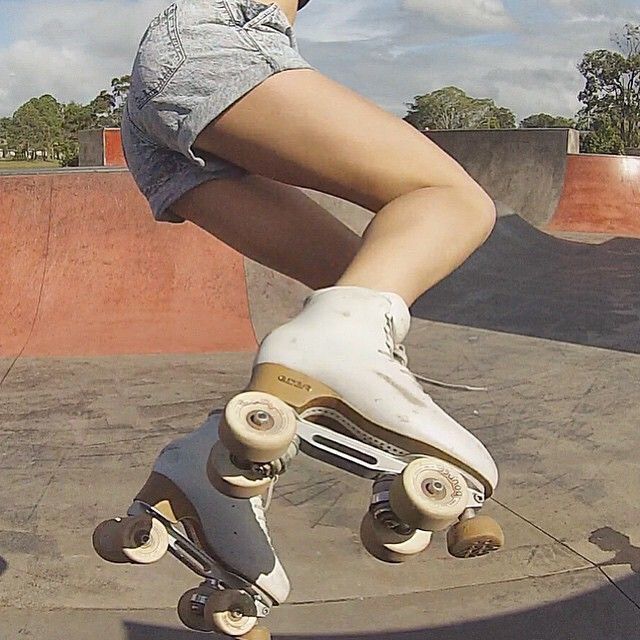 e. music, added skate equipment. Various housekeeping such as establishing links on the page you get when clicking on main and some sub headings. 'Links to Diagrams' improved.
e. music, added skate equipment. Various housekeeping such as establishing links on the page you get when clicking on main and some sub headings. 'Links to Diagrams' improved. Added "Dance Positions" to "Other Stuff"
Added "Dance Positions" to "Other Stuff"


